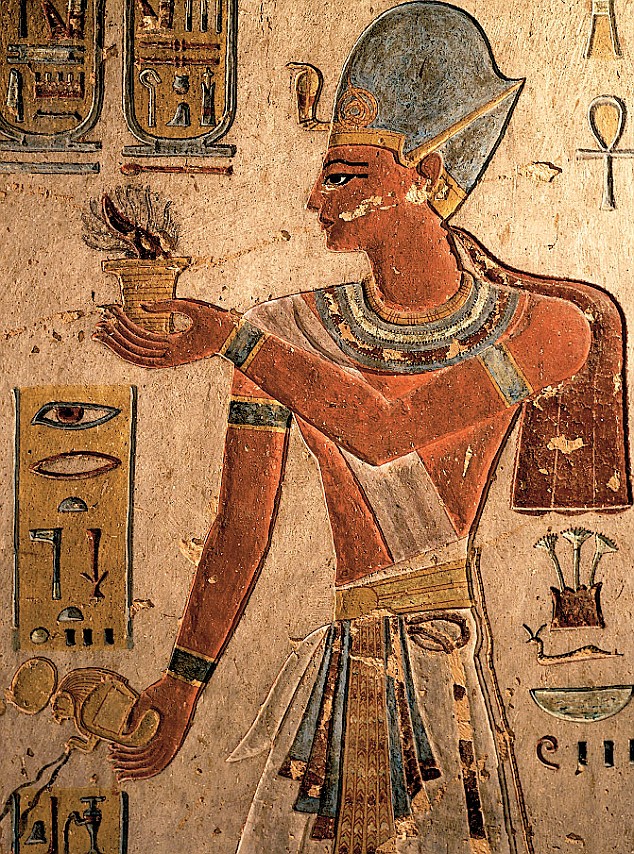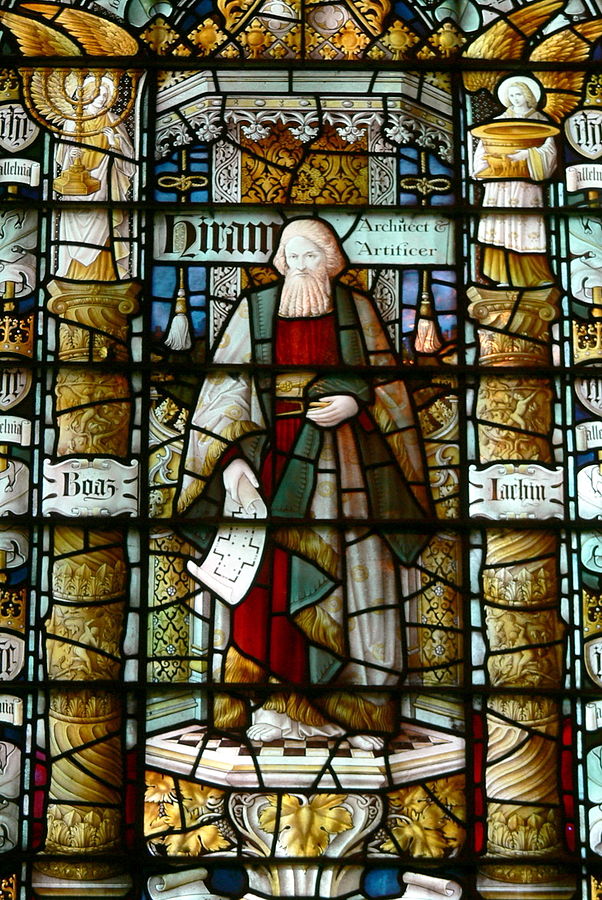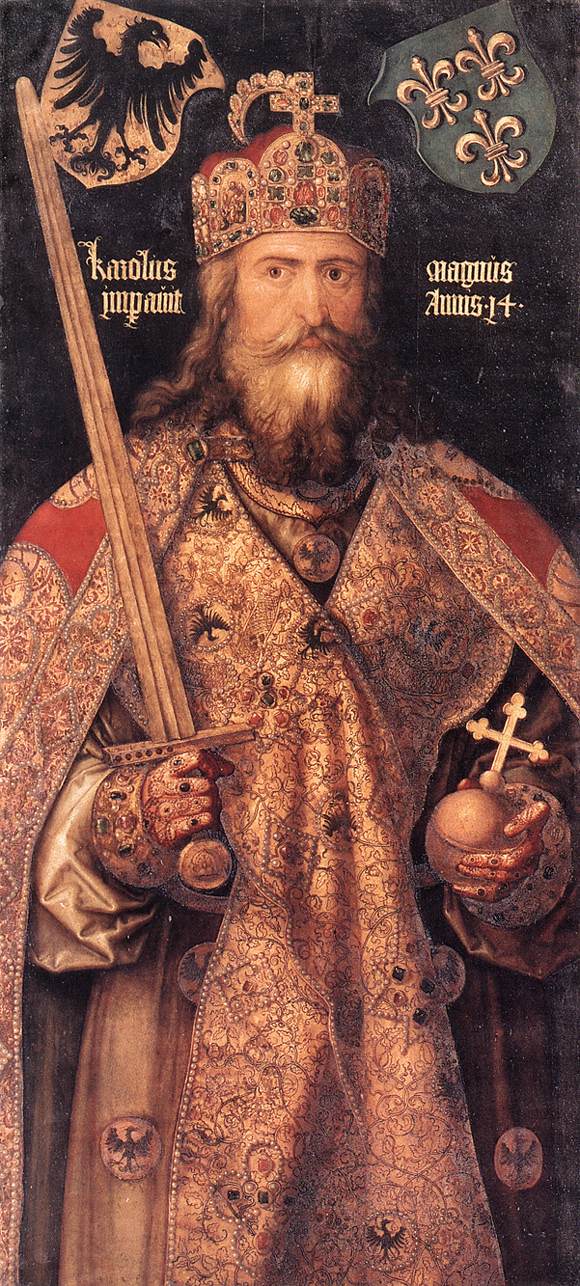“And Hiram king of Tyre sent messengers to David, and cedar trees, also carpenters and masons who built David a house.” – Samuel 5:11
 In my last couple articles on Hiram, King Hiram: The Masonic Chief Architect from Crete and Hiram’s First Masons: The Cunning Daedalus Invented the Masonic Working Tools, I explained the many connections that exist in the golden thread of time between one of the crafts most honored builders and the ancient Holy Island of Crete. A legend that we can actually piece together using true physical evidence in the geography, archeaology, etymology and history that supports both Biblical and Masonic stories of Hiram.
In my last couple articles on Hiram, King Hiram: The Masonic Chief Architect from Crete and Hiram’s First Masons: The Cunning Daedalus Invented the Masonic Working Tools, I explained the many connections that exist in the golden thread of time between one of the crafts most honored builders and the ancient Holy Island of Crete. A legend that we can actually piece together using true physical evidence in the geography, archeaology, etymology and history that supports both Biblical and Masonic stories of Hiram.
For example in the research I will present to you below, I will show you the very building materials that Hiram had used to build Solomon’s Temple such as the cedars and cyprus trees which can found on Crete. Many great historians have actually said that trees like the cedar had originated there. The same exact wood that archaeologists have discovered in the ruins of the Temple of Knossos on Crete which I know as the true ancient Temple of Solomon.
This takes this research to the next level where it becomes more than just a theory. This is actual Scientific evidence that matches the history, biblical story and masonic legends more than any other location and temple ruins on earth.
There were great forests of cypress in Crete for King Hiram and his Masons to utilize in the building of the Temple.
Some of the world’s greatest philosophers and writers such as Diodorus Siculus, Plato, and Solinus speak of groves of Cypress which were held sacred in Crete, near the ruins of the reputed dwelling of the Goddess Rhea, and in the vicinity of the Cave of Zeus on Mount Ida. The Roman historian and philosopher Pliny had said, that Crete was the first natural habitat for the “cypress trees which sprout spontaneously on Mount Ida on the island of Crete, whenever the soil there is disturbed”.
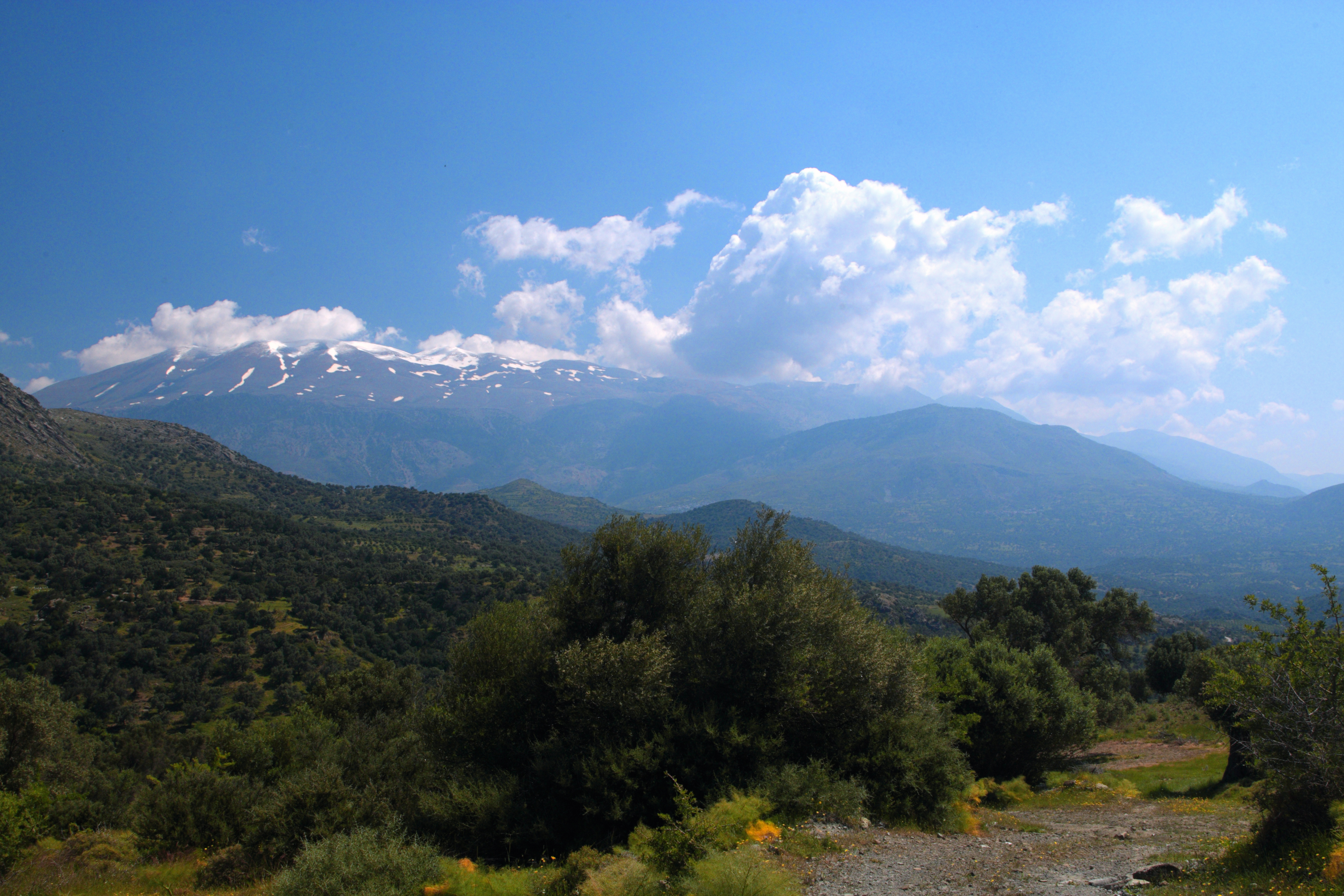 This reference by Pliny is important due to the fact that he places the Cypress tree on Crete and Mt. Ida which was a very important mountain to the ancient Phoenicians and particular Israelite tribe named after the mountain whom the Jewish Historian Joseph calls the Idumeans who had occupied ancient Palestine or Phoenicia. Today they would be known them as the Judeans or the Tribe of Judah.
This reference by Pliny is important due to the fact that he places the Cypress tree on Crete and Mt. Ida which was a very important mountain to the ancient Phoenicians and particular Israelite tribe named after the mountain whom the Jewish Historian Joseph calls the Idumeans who had occupied ancient Palestine or Phoenicia. Today they would be known them as the Judeans or the Tribe of Judah.
The historical accounts by Pliny and both the Biblical and Masonic stories of the building of the Temple all point to Crete.
In the Scripture, Hiram was said to have used both cedar and cypress trees in abundance for the Sidonians, and they of Tyre brought much cedar wood to David.” The cypress tree or brosh is found all throughout Scripture in ((ברוש in the Bible: Sa2 6:5; Kg1 5:8, Kg1 5:10; Kg1 6:15, Kg1 6:34; Kg1 9:11, etc., a lofty tree (Isa 55:13) growing on Lebanon (Isa 37:24). Its wood was used in making musical instruments and doors of houses, and for ceilings (Ch2 3:5), the decks of ships (Eze 27:5), floorings and spear-shafts (Nah 2:3, R.V.).
As I had written in many of my previous articles, the name of Sidonians and those of Tyre were different names for the Phoenicians and Crete was their homeland. They called themselves Canaanites from Sidonia.
In researching the Temple ruins at Knossos, I have found that almost all the materials that King Hiram was said to have used in building of Solomon’s Temple can be found there. This perfectly matches the Scripture when Hiram, the King of Tyre, Solomon’s friend, supplied cedar and cypress wood. During the building of Solomon’s temple, the whole floor was covered with planks of cypress (1 Kings 6:15).
Nowhere in the world will you find this type of scientific evidence that is also backed by many, many ancient historians and philosophers that all point to Crete.
You will find this evidence in the woodwork all throughout the Knossos Palace which was constructed using both cedar and cypress. The great wood columns are all notably different from the stone columns that are common characteristic of both Greek and Roman architecture. These columns found at Knossos were actually constructed from the trunk of a cypress tree, and were painted red and mounted on stone bases with round, pillow-like capitals.
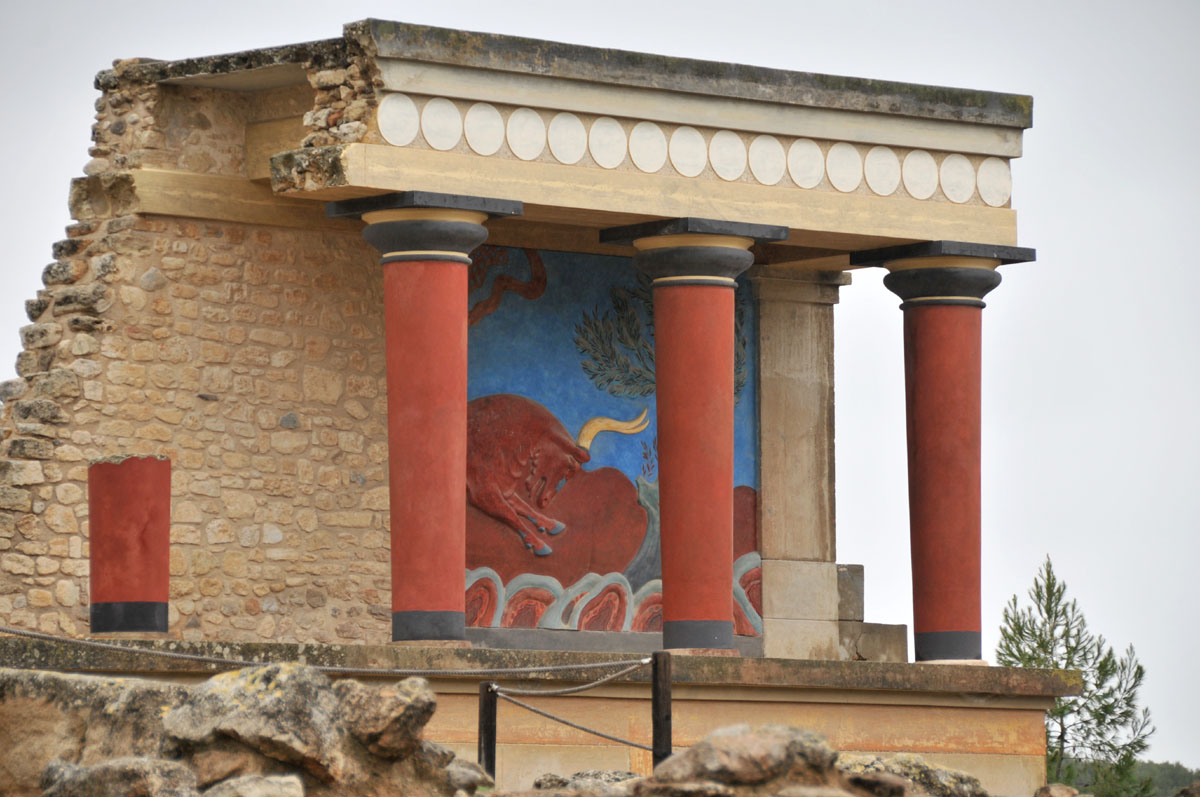
In earlier times the hills of Crete surrounding Knossos were covered with forests of cypress, cedar and oak which were utilized in the palace’s construction. To this very day, there are shady cypress groves beside the path from Knossos to the ancient Cave of Zeus that was known as the cave of initiation for great Gnostic adepts like the Masonic mathematician and philosopher, Pythagoras.
The people of Crete had such an abundance of cypress-trees, that they made the beams of their houses, their rafters, their rooms, and floors, and also their ships, of this wood. Plutarch had said that ship carpenters would first use pine from Isthmos, and the cypress from Crete. One of the greatest of Greek historians, Diodorus Siculus proves that in Phoenicia there was timber sufficient to build ships, because Libanus, Biblus, and Sidon were full of cedar-trees, larch trees, and cypress-trees, which were very admirable for show and greatness.
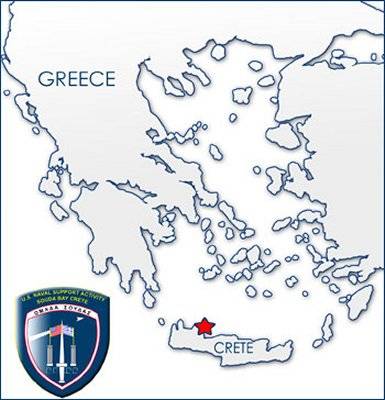 I have found that the locations called Libanus, Biblus, and Sidon in the Scripture were actually three of the one hundred cities that once flourished on Crete. For example, as I explained in many of my previous articles, Sidon, also known as Kydonia, which flourished during the rule of the Phoenicians and later with the Greeks. In the Scripture, the Center of the World’s Naval power is at Sidon or Kydonia, which is easily connected to what is now called Souda Bay in Crete by its older name of Saida. Today Souda Bay is located on Crete, and is a strategic Hellenic Navy and NATO naval base (Naval Dock Crete, Greek: Ναύσταθμος Κρήτης, pron. Nafstathmos Kritis) just as it was for thousands of years in the past.
I have found that the locations called Libanus, Biblus, and Sidon in the Scripture were actually three of the one hundred cities that once flourished on Crete. For example, as I explained in many of my previous articles, Sidon, also known as Kydonia, which flourished during the rule of the Phoenicians and later with the Greeks. In the Scripture, the Center of the World’s Naval power is at Sidon or Kydonia, which is easily connected to what is now called Souda Bay in Crete by its older name of Saida. Today Souda Bay is located on Crete, and is a strategic Hellenic Navy and NATO naval base (Naval Dock Crete, Greek: Ναύσταθμος Κρήτης, pron. Nafstathmos Kritis) just as it was for thousands of years in the past.
Plato had said that among the trees that were fit for ship-carpenters to use, places the cypress next to the pine and the larch-trees. And in latter years, it was said that the Saracens had come from Alexandria to Phoenicia to cut down the cypress-wood, and fit it for the use of the ships. (The Works of Jonathan Edwards, A.M. By Jonathan Edwards, Henry Rogers, Sereno Edwards Dwight, Edward Hickman)
THE CULT OF THE CYPRESS TREE GODDESS FROM CRETE
The Phoenicians of Crete were some of the first masters, and priests of the sacred mysteries of the Cult of the Serpent and the 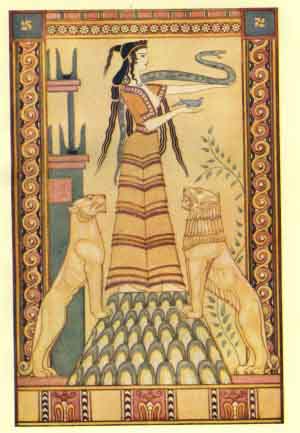 Goddess that had flourished on Crete for thousands of years. There is a tremendous amount of scientific evidence that has been found on this island, and a number of first hand historical accounts told by many great historians that tell of the ancient tradition of the cult of the Goddess that survived at Knossos. A goddess known sometimes as Rhea, Dictynna, Artemis, Britomartis, and Mountain Mater. “ Britomartis, the so-called Dictynna.” (Diodorus, V. 78)
Goddess that had flourished on Crete for thousands of years. There is a tremendous amount of scientific evidence that has been found on this island, and a number of first hand historical accounts told by many great historians that tell of the ancient tradition of the cult of the Goddess that survived at Knossos. A goddess known sometimes as Rhea, Dictynna, Artemis, Britomartis, and Mountain Mater. “ Britomartis, the so-called Dictynna.” (Diodorus, V. 78)
All the main temples of Britomartis were in the islands of Crete and Aigina. Diodoros had written that in his day, there were still visible the site and foundations of the House of Rhea and a very ancient Cypress Grove at the city of Gnosis, now known as Knossos.
Pausanias, Description of Greece 2. 30. 3 (trans. Jones) (Greek travelogue C2nd A.D.) : “She [Britomartis] is worshipped, not only by the Kretans (Cretans) but also by the Aiginetans, who say that Britomartis shows herself in their island. Her surname among the Aiginetans is Aphaia (Aphaea); in Krete it is Diktynna (Goddess of Nets).”
Pausanias, Description of Greece 8. 2. 4; “In those days [the age of heroes] men were changed to gods, who down to the present day have honours paid to them–Aristaios, Britomartis of Krete (Crete), Herakles the son of Alkmene, Amphiaraus the son of Oikles, and besides these Polydeukes and Kastor.”
Strabo, Geography 10. 4. 12 (trans. Jones) (Greek geographer C1st B.C. to C1st A.D.) : “And neither is Kallimakhos [Greek poet C3rd B.C.] right, they say, when he says that Britomartis, in her flight from the violence of Minos, leaped from Dikte (Dicte) into fishermen’s nets, and that because of this she herself was called Diktynna (Lady of the Nets) by the Kydoniatai (Cydonians), and the mountain Dikte; for Kydonia (Cydonia) is not in the neighborhood of these places at all, but lies near the western limits of the island. However, there is a mountain called Tityros in Kydonia, on which is a temple, not the Diktaion (Dictaeum) temple [of Zeus], but the Diktynnaion (Dictynnaeum) [temple of Britomartis].”
In the story of the Cretan it was said that the year- net binding her roots and the mud in which they grew in the waters of the southern abyss, that of the weeks and seasons of the year. She is known as the tree-goddess whose image was a tree-trunk, but who was also the goddess Arktos, the Great Bear, to which the cypress world’s tree reached, and the Brauronian goddess, to whom all young girls in Athens were dedicated as her bears from their fifth to their tenth year.
As the human and animal sacrifices of the Northern worshippers of the Great Bear descended from animal totems were offered to her, she is historically the successor of the original goddess of the cypress-tree, whose sacrifices were bloodless offerings of first-fruits. (Primitive Traditional History: The Primitive History and …, Volume 1 By James Francis Katherinus Hewitt)
O thou so dearly by me loved !
Thou’rt like the cypress tall,
And, in thy conversation sweet,
THE CEDARS KING HIRAM USED TO BUILD THE TEMPLE OF SOLOMON
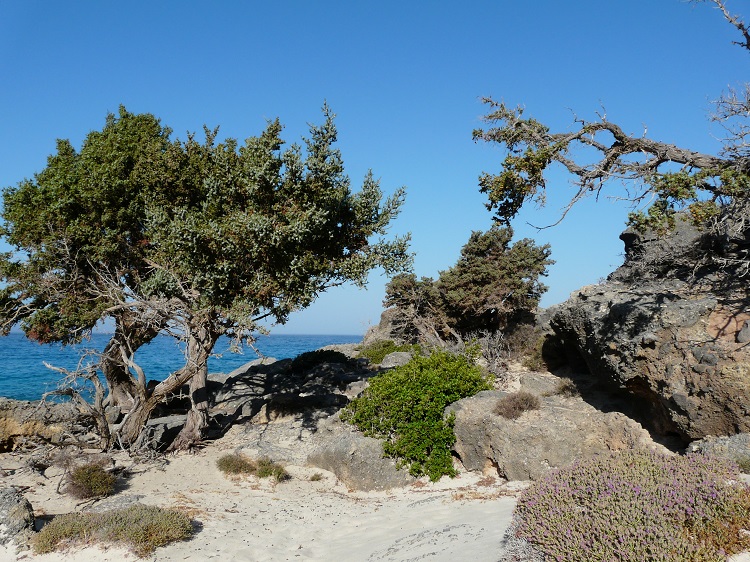 The cedar is called the tree of God. The ark of the covenant, and many parts of Solomon’s temple, were made of cedar. The strength of the cedar is used as an emblem of Jehovah,Yahweh, Adonai) “The voice of the Lord breaketh the cedars of Lebanon.” King David said, “The righteous shall flourish like a palm tree, and spread abroad like a cedar of Lebanon.” The wood of the cedar is some of the best and most valuable wood in all the world. It possesses a strong aromatic smell, and is said to be incorruptible.
The cedar is called the tree of God. The ark of the covenant, and many parts of Solomon’s temple, were made of cedar. The strength of the cedar is used as an emblem of Jehovah,Yahweh, Adonai) “The voice of the Lord breaketh the cedars of Lebanon.” King David said, “The righteous shall flourish like a palm tree, and spread abroad like a cedar of Lebanon.” The wood of the cedar is some of the best and most valuable wood in all the world. It possesses a strong aromatic smell, and is said to be incorruptible.
In 1 Kings and 2 Chronicles, are seen these references to cedar material: “He covered the house with beams and boards of cedar;” the chambers, five cubits high against the house, “rested on the house with timber of cedar;” “He built the walls of the house within with boards of cedar;” “He built twenty cubits on the sides of the house, both the floor and the walls, with boards of cedar;” But his own house, on Mount Zion, was made of cedar pillars, with cedar beams upon the pillars, and it was covered with cedar above upon the beams that lay on forty-five pillars, fifteen in a row.” The porch of judgment ” was covered with cedar from one side of the floor to the other.”
Plutarch had said that the ship carpenter in the first place uses the pine from Isthmos, and the cypress from Crete. Pliny observes, § 197, that on the whole there is a difference between the trees of the different countries, and gives some examples which are not found in Vitruvius. Further: “Cedrus in Creta, Africa, Syria laudatissima; cedri oleo peruncta materies nee tineam nec cariem sentit. Iunipero eadem virtus quae cedro; vasta haec in Hispania, maximeque Vaccaeis.”
Diodorus Siculus tells us that Sesostris (Seth, Seti I) the Great, king of Egypt, built a vessel of cedar, 280 cubits long, which was covered with gold both within and without (Lib. i. $ 2.) Theophrastus and Pliny say that the Egyptians used the cedar instead of the pine, which did not grow in their country , Thcaph , lib. v. cap. 8.; P/in., lib. xvi. cap. 40.); and they are said to have used the extract of cedar, mixed with other drugs, to preserve their mummies.
In the time of Vitruvius, cedars were the main tree grown in Crete, Africa, and some parts of Syria. He said that those trees flourish particularly in Crete, and are most appreciated.(Observations on Vitruvii De Architectura Libri Decem by Johan Louis Ussing) According to Vitruvius (lib iii. cap. 9.), the leaves of the papyrus, and other objects, were rubbed with the resin of the cedar, an oil, or juice, which he calls cedria, in order to preserve them from the worms; as, according to Pliny and others, it did the Egyptian mummies. [Plin,, lib. xvL cap. 11.; Diod. Sic, lib. i. $ 2.)
Thucydides (x ) faith, that the Sidon were full of Cedar Trees, and Larch Trees, Chests were made of Cypress, in which the A- and Cypress Trees. According to Virgil, the ancients used it in their dwelling-houses, as well as for their temples. Virgil says;
“Quin eliain veterum effigies ex ordine avorum
Antiqua e cedro.” Mneid. viL 177.
“Before the gates, a venerable band,
In cedar carved, the Latian monarchs stand.”
The largest cedar recorded in ancient history is one which was employed to make a galley for King Demetrius, which had eleven ranks of oars -, but this tree, as it grew in the Isle of Cyprus, was probably the evergreen cypress: its length was 1J0 ft, and its thickness 18 ft The Emperor Caligula had constructed of the wood of the cedar what he called Liburnian ships, of which the poops were enriched with precious stones, and the Bails were of different colours; and which contained baths, and dining-rooms decorated with painting and carving. iSuet.in Caligula^ cap. xxxvii.; Plin., lib. xiiL cap. 5.) (Arboretum et fruticetum Britannicum; or, The trees and shrubs of …, Volume 4)
It is important to note at this time that we have scientific evidence of the wood used to built the temple that can be found all throughout the ruins of the four story temple Temple of Knossos that covers approximately 24,000 square yards and had more than 60 rooms was built using mostly cedar, and three tiers by wooden columns were carved from whole cedar trees. The floors and roof were made of cedar roof which was supported by forty-five pillars made of cypress.
Let it also be said that the cedars of Crete (Juniperus macrocarpa and Juniperus phoenicea) are famous and form some of the most important ecosystems in all of Greece.
I will leave you with a quote from Shakspeare’s lines on the fall of Warwick:
“Thus yields the cedar to the axe’s edge,
Whose arms gave shelter to the princely eagle,
Under whose shade the ramping lion slept.
Whose top branch overpeer’d Jove’s spreading tree,
And kept low shrubs from winter’s powerful wind.”

Moe is the founder of GnosticWarrior.com. He is a father, husband, author, martial arts black belt, and an expert in Gnosticism, the occult, and esotericism.


![How Bishop Cedd, having a place for building a monastery given him by King Etheiwald, consecrated it to the Lord with prayer and fasting; and concerning his death [659-664 A. D.] | Book 3 | Chapter 23 How Bishop Cedd, having a place for building a monastery given him by King Etheiwald, consecrated it to the Lord with prayer and fasting; and concerning his death [659-664 A. D.] | Book 3 | Chapter 23](https://www.gnosticwarrior.com/wp-content/plugins/contextual-related-posts/default.png)

